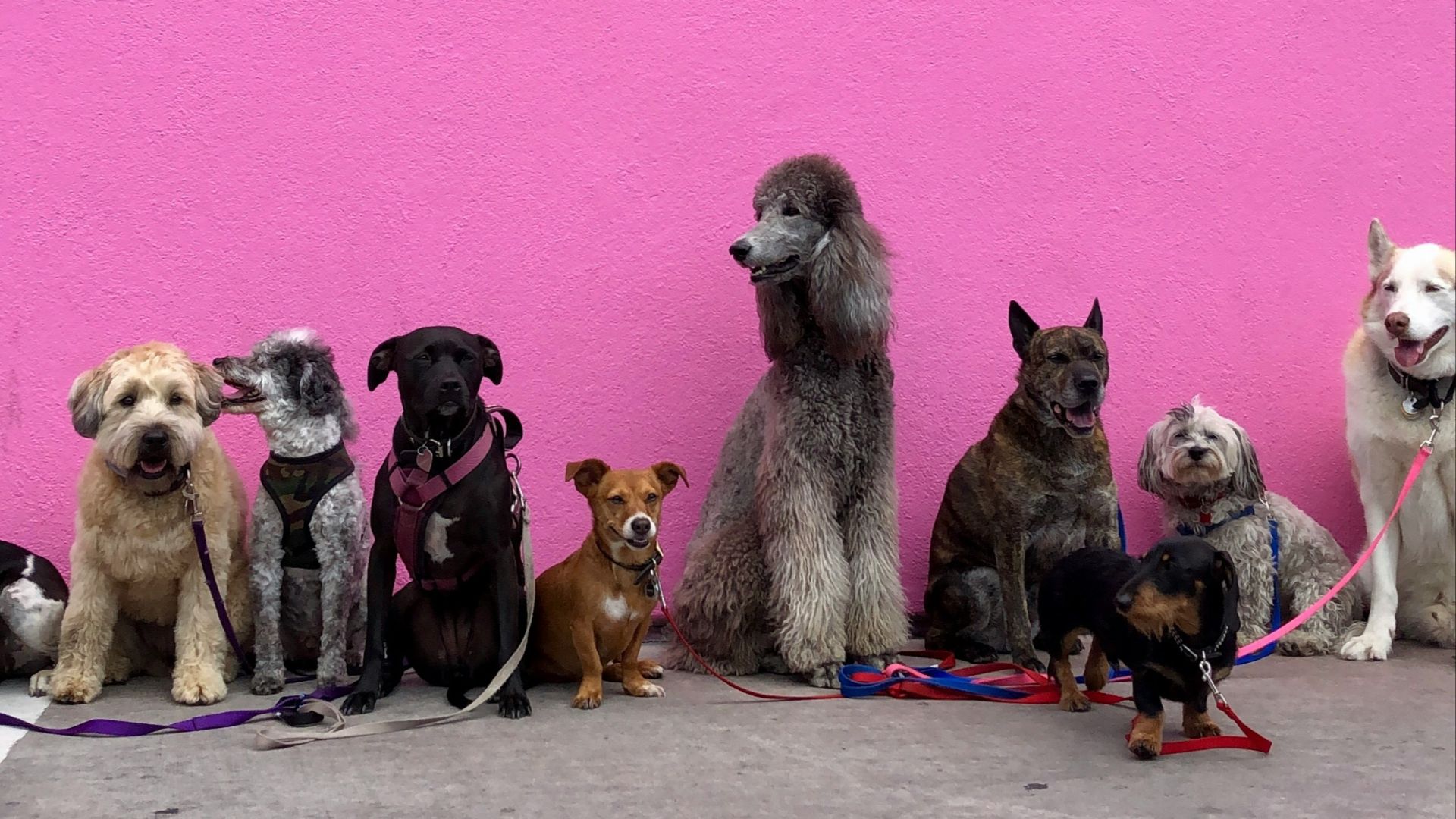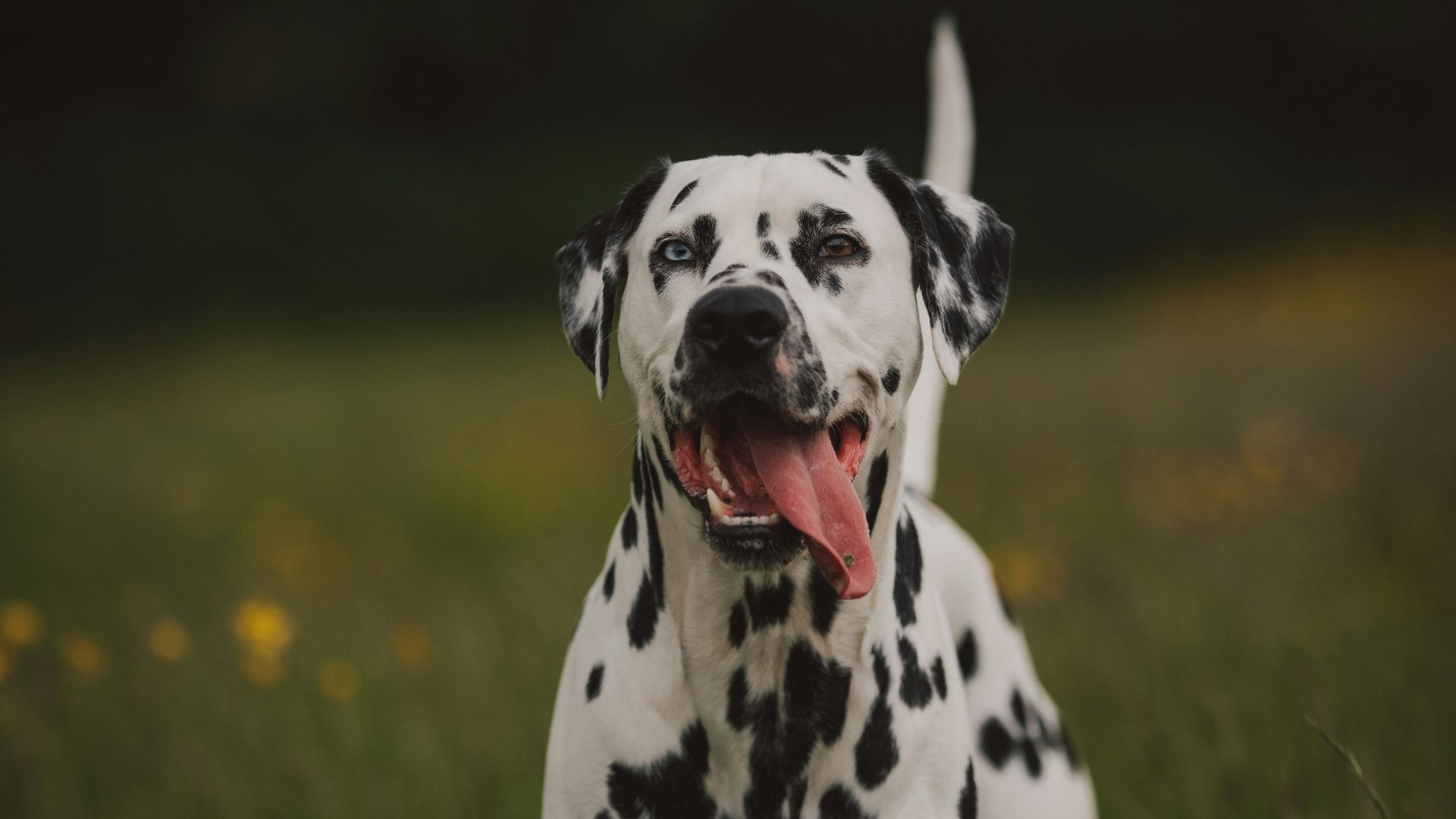From vicious wolves to our furry friends, dogs are one of the most common pets found within any household, with nearly every breed having a unique history that got them where they are today. Read on, some of them may surprise you.
A Quick Overview
The dog as we know it today comes from a long line of the Canis, which includes wolves, coyotes, and golden jackals. It’s suggested that all ancient and modern dogs share a common ancestor—a long-extinct Late Pleistocene wolf that lived around 32,000 years ago.
Dogs were domesticated at least 15,000 years ago, although other studies suggest that domestication occurred earlier. This once-unlikely partnership came out of mutual necessity and a more beneficial lifestyle. Instead of competing for food sources, wolves had consistent food and protection when living with humans, while their keen senses, guardianship, and pest control capabilities were helpful for settlements.
As our lifestyles evolved, our relationship with these creatures did as well, with breeds starting to splinter off and morph depending on geographical region and copulation habits. Here is the history of three common dog breeds.
Shih Tzus
This adorable lap breed first showed up in Tibet, believed to come from two other dog breeds: the Pekingese and the Lhasa Apso.
Known for their long fur, small stature, and pug-like face, these little guys get their name from China, meaning “lion.” These pups were commonly found in the homes of Chinese royalty, especially during the Ming Dynasty. In fact, Empress Tzu Hsi had her own dog breeding program, where palace dogs were often born. These dogs only found their way to Europe in the early 20th century, spreading to North America after World War II.
Dalmations
This spotted dog comes from the historical region of Dalmatia, an area that makes up modern-day Croatia and Montenegro. While their actual origins are unconfirmed, it’s believed that the first dalmatians were the result of cross-breeding between pointer dogs and spotted great danes.
The dogs were originally bred for hunting, but became closely associated with firefighters during the 18th century, receiving the title of “carriage dog.” They were well-liked for their ability to attack robbers and invaders, but were also widely tolerated by horses, making them an essential part of the horse-drawn fire engines at the time. Their protective and loyal nature makes them excellent house pets still today.
Saint Bernards
This gentle giant comes from the colder areas of Italy and Switzerland, and likely came from the now-extinct dog breed, the Molossus.
These dogs were originally bred for rescue work, first appearing in the mid to late 17th century. Their thick coats, muscular makeup, and excellent sense of smell made them the perfect addition to any rescue team. They even used their body heat to keep avalanche victims warm until help arrived.
While they’re no longer needed for rescue missions today (the last dog-assisted rescue occurring in 1955), Saint Bernards now make excellent family-friendly pets. Their calm and patient demeanor makes them suitable for a life with young children.
KEEP ON READING

The History Of Your Favorite Dog Breeds
Hannah Lim on UnsplashFrom vicious wolves to our furry friends,…
By Breanna Schnurr Nov 13, 2025
WWI Messages in a Bottle Just Washed Up on Australia’s…
Jayne Harris on UnsplashA century-old message in a bottle was…
By Cameron Dick Nov 13, 2025
The North Pole Balloon Expedition That Ended In Disaster
Some people are born to be great explorers. Salomon August…
By Ashley Bast Nov 13, 2025
The Power Of Marketing: How Pet Rocks Became A Popular…
Artur Opala on UnsplashMarketing crazes are some of the most…
By Farva Ivkovic Nov 13, 2025
How Napoleon Bonaparte's Legacy Became Overshadowed By His Misrecorded Height
Andrea Appiani on WikimediNapoleon Bonaparte was a French general and…
By Rob Shapiro Nov 13, 2025
Archaeologists Find Ancient Shipwreck In Malaysia
Vlad Tchompalov on UnsplashWhen we think of the Age of…
By Farva Ivkovic Nov 13, 2025


